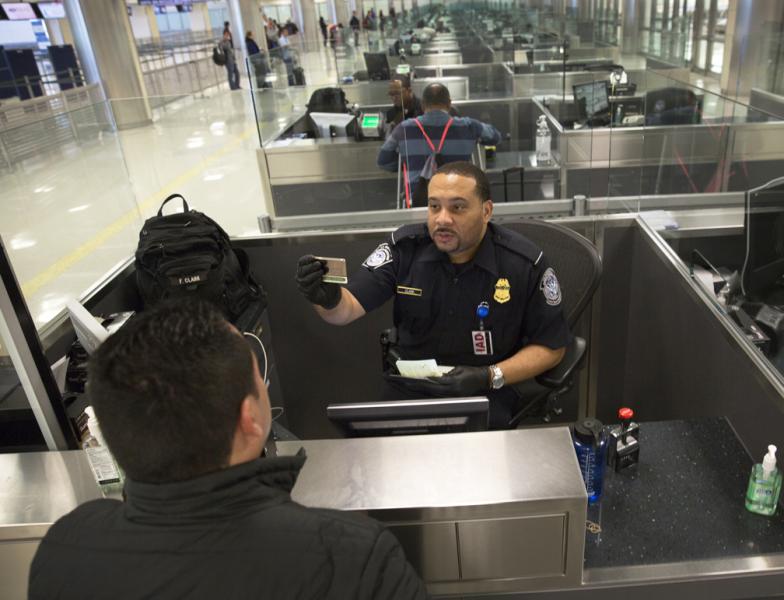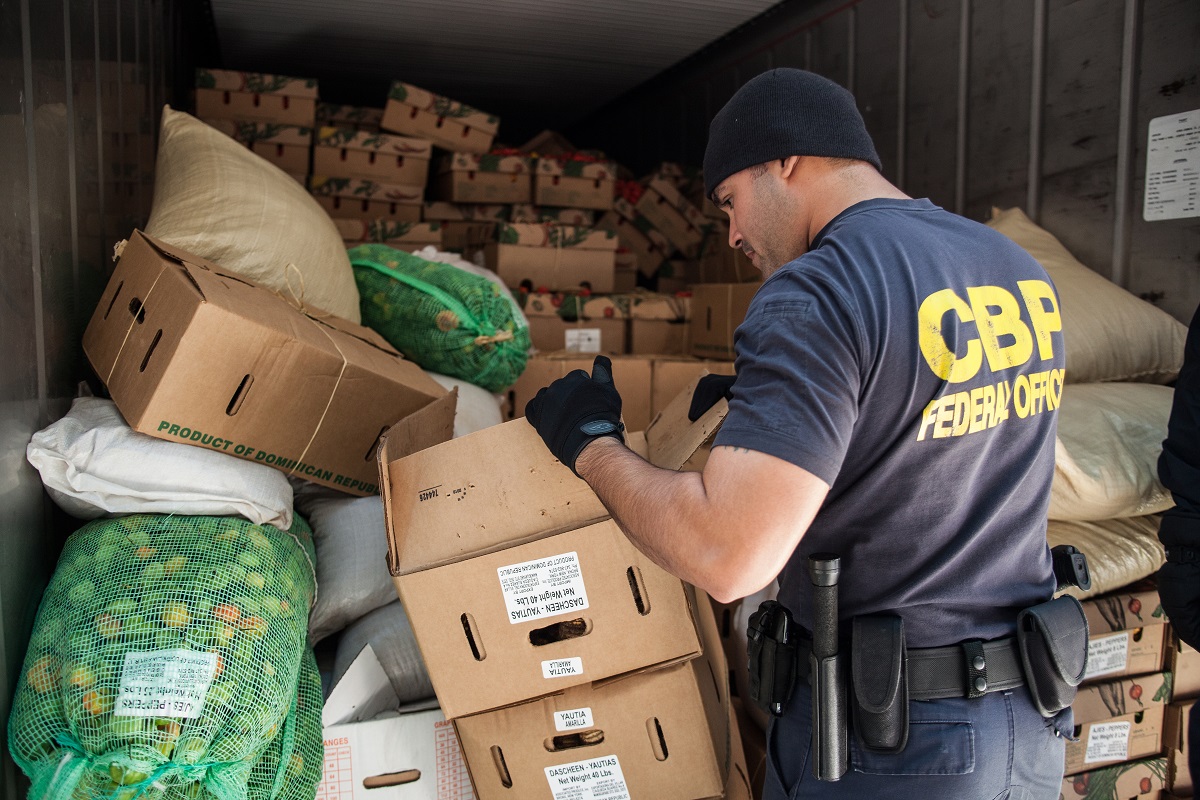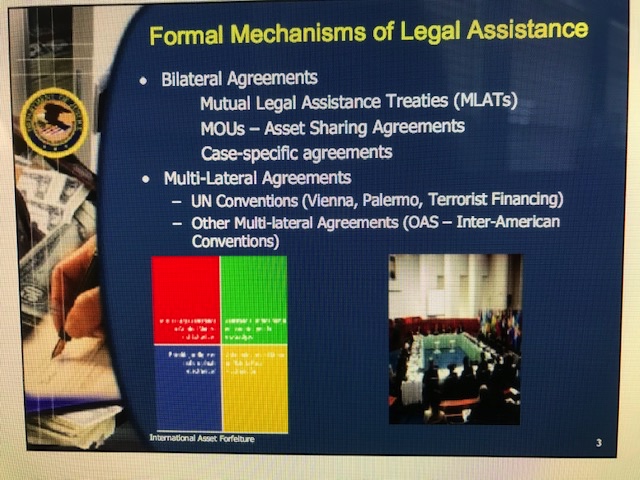The legislators on the Left are always voting for laws that protect us from ourselves, taking away independent thought and decisions. It is a double edge sword for sure, some people need others to make decisions for them.
Laws where an individual’s behavior hurts others in all forms does have some merit…but c’mon Bernie and the same goes for Vermont and Iowa or any Bernie voters across the nation.

Sen. Bernie Sanders (I., Vt.) in his first-ever campaign for the Senate made the legalization of all drug use one of the cornerstones of his policy platform.
Recruited in a 1972 special election as the Senate candidate for Vermont’s Liberty Union Party, Sanders promised that if elected, “All laws relating to prohibition of abortion, birth control, homosexual relations, and the use of drugs would be done away with,” the Rutland Daily Herald reported in December 1971.
“In a free society, individuals and not government have the right to decide what is best for their own lives, as long as their actions do not harm others,” Sanders said during the campaign for the seat he would eventually win in 2006. (source)
***
As the DEA explained in its 2019 National Drug Threat Assessment, also released Thursday, most synthetic opioids are produced in China and Mexico; methamphetamine and heroin are primarily Mexican, and much cocaine is produced in Colombia. All of the drugs are routinely smuggled over the porous southwestern border or, in the case of Chinese goods, sent in using the U.S. mail.
“We’re pleased that in 2018, drug overdose deaths declined over 4 percent overall, with even greater decreases—over 13 percent—in overdoses from controlled prescription opioids,” DEA acting administrator Uttam Dhillon said Thursday. “Many challenges remain, however, including the spread of fentanyl and methamphetamine across the country. DEA and its partners will continue to work diligently to combat the drug trafficking organizations that bring these deadly substances into our country and endanger the American people.”
As the drug crisis changes shape, lawmakers continue to struggle over how best to combat it. On Wednesday evening, the House of Representatives finally passed an extension of the DEA’s temporary scheduling of fentanyl’s synthetic analogs, giving law enforcement another year to prosecute traffickers in substances like acetyl fentanyl and carfentanil under the strictest section of the Controlled Substances Act. Eighty-six House Democrats, however, objected, with several taking to the floor to argue that a “public health” approach is preferable to the incarceration of drug dealers. (source)
***
Since fentanyl and carfentinil can be absorbed through the skin, eyes, or respiratory system, there is a very real danger for secondary exposures for firefighters and EMS personnel from drug residue on a patient’s clothing, furniture, and even carpeting. There have been numerous documented cases in the United States of firefighters and EMS personnel experiencing respiratory distress and other overdose symptoms after coming into incidental contact with fentanyl and carfentinil residue in the course of providing patient care. The lethality and ease of coming into contact with the drug underscores the need for firefighters and EMS personnel to exercise extreme caution when responding to suspected opioid-related calls. All responders should be careful to appropriately don and doff any personal protective equipment selected for use when responding to these calls.
The U.S. Drug Enforcement Administration recently published a handbook and roll call video to educate first responders on the dangers presented by fentanyl and carfentinil. Fire chiefs should work closely with their medical directors to review this information and design protocols to protect firefighters and EMS personnel from exposures to these dangerous narcotics. Fire chiefs also should maintain regular contact with their law enforcement partners to understand which narcotics may be most prevalent in their communities. (source)
*** Has Bernie explained any of that? Not so much. Consider the real destruction of the thousands and thousands of the narcotic generation and the labor output competition with other nations.
Bernie sees the “War on Drugs” as a costly, destructive, and ineffective policy. Current drug laws have not worked. After spending billions of dollars and destroying millions of lives, there has been no real decrease in drug accessibility or use, as evidenced by the opioid epidemic, the rising rates of heroin use, and the scourge of meth. Bernie believes treatment, not punishment, is the answer, and he’s repeatedly introduced legislation to extensively reform the criminal justice system along these lines.
War on Drugs: The fifty year war on drugs is a failed policy that has led to mass incarceration of nonviolent offenders and has unfairly targeted people of color.
Treatment for Drug Offenders: Nonviolent drug offenders should not be incarcerated. Instead, they should have access to affordable treatment to address their drug dependencies.
Legalize Marijuana: Marijuana ought to be legalized.
Addressing the Heroin and Opioid Epidemics : Heroin and opioid abuse is at epidemic levels, and the U.S. is not addressing the crisis with the urgency and seriousness that is required. We must address this crisis by providing resources, proper treatment and healthcare professionals to the communities struggling with this epidemic.
Here’s a link to Bernie’s plan to legalize marijuana and his comprehensive plan, Justice and Safety for All, to reform the criminal justice system.






 The members of Usman Khan’s Al Qaeda-inspired gang who plotted to blow up the London Stock Exchange and kill Boris Johnson. From left to right: Mohammed Moksudur Chowdhury, Mohammed Shahjahan, Shah Mohammed Rahman. Middle row: Mohibur Rahman, Gurukanth Desai, Abdul Malik Miah. Bottom row: Nazam Hussain, Usman Khan, Omar Sharif Latif
The members of Usman Khan’s Al Qaeda-inspired gang who plotted to blow up the London Stock Exchange and kill Boris Johnson. From left to right: Mohammed Moksudur Chowdhury, Mohammed Shahjahan, Shah Mohammed Rahman. Middle row: Mohibur Rahman, Gurukanth Desai, Abdul Malik Miah. Bottom row: Nazam Hussain, Usman Khan, Omar Sharif Latif